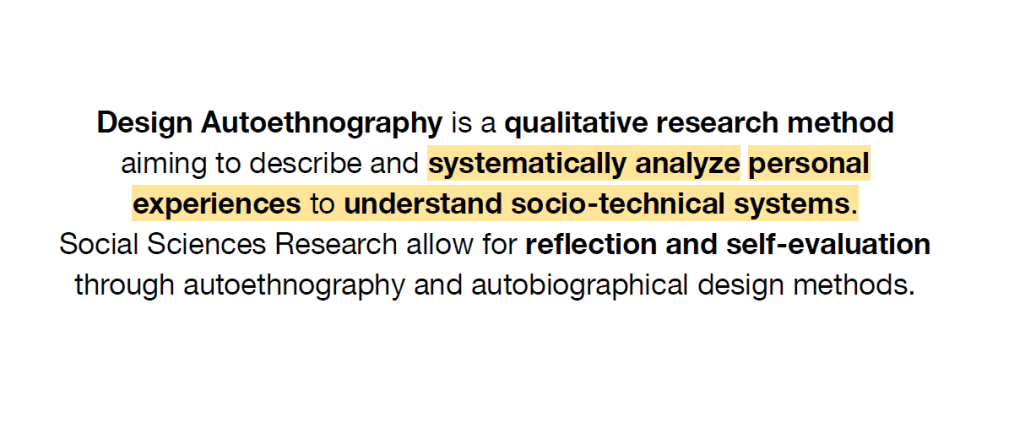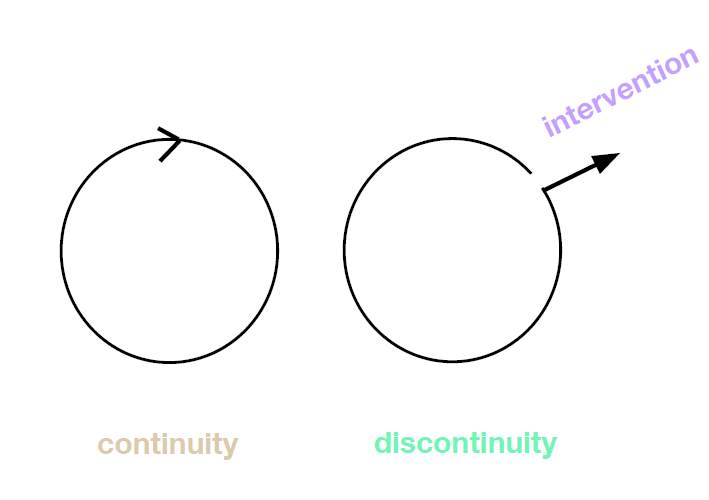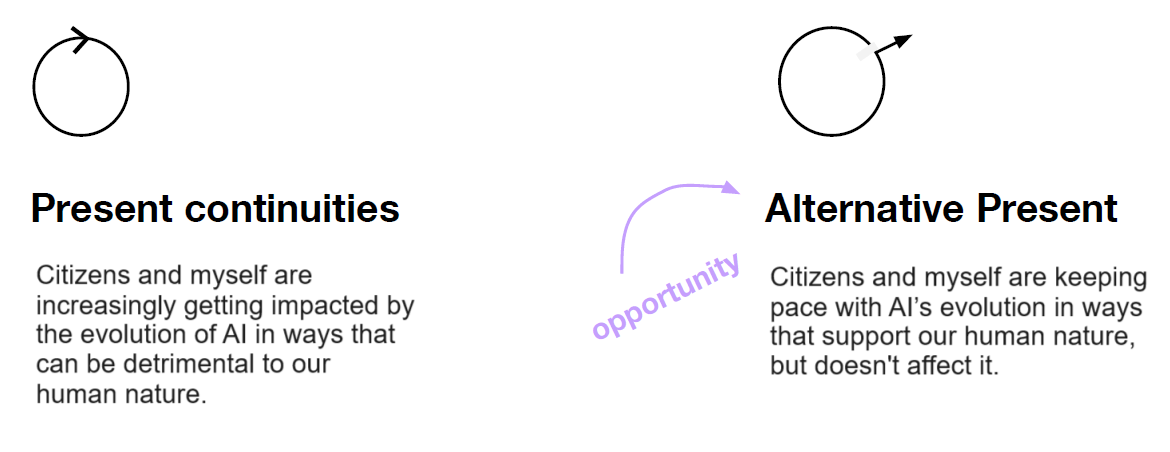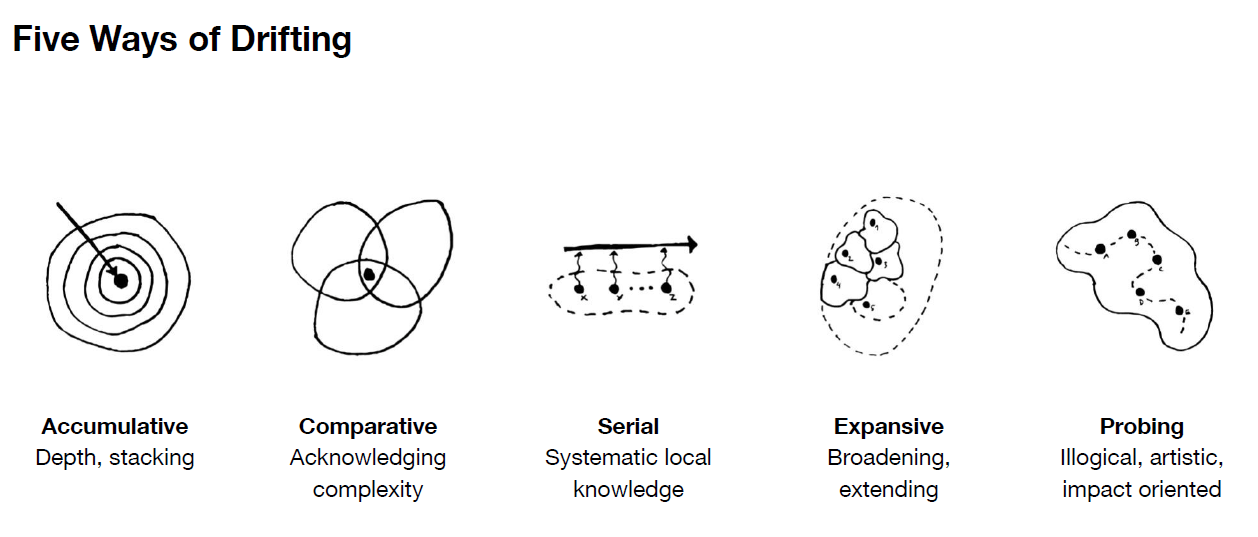
Autoethnography
We learned how autoethnography emphasises authenticity and criticality, encouraging designers to engage personally and transparently with their subject matter. By exploring our biographies, personal narratives and how specific contexts influence our research, designers can contribute meaningful insights to design processes and social sciences, ultimately aiming to create a personal vision for designing responsible futures.


